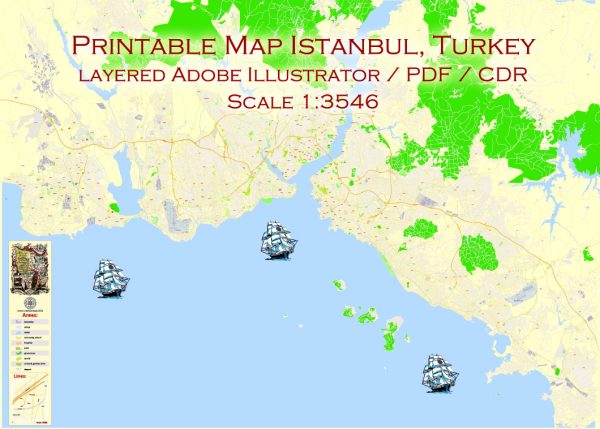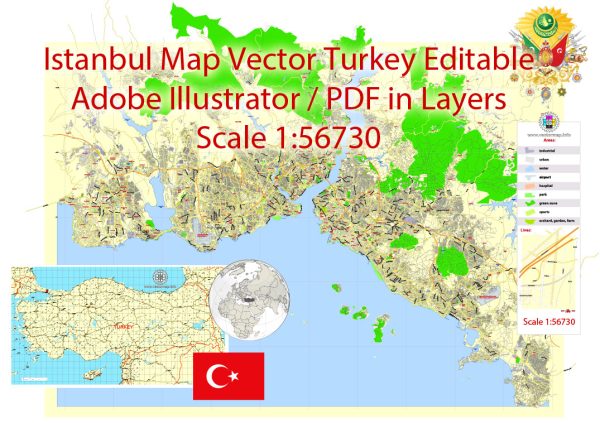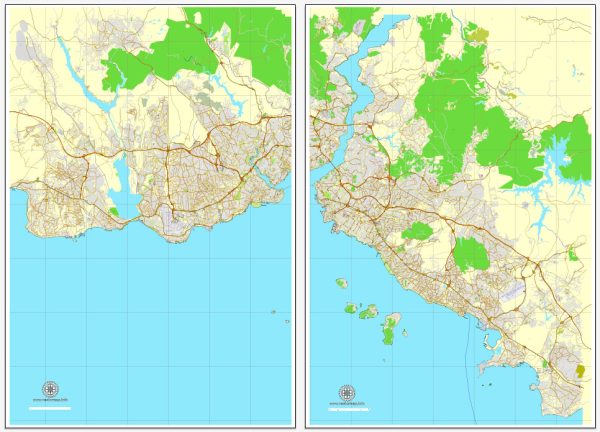Istanbul, historically known as Byzantium and later Constantinople, is a city with a rich and fascinating history. Its location at the crossroads of Europe and Asia has made it a significant center of commerce, culture, and politics for centuries. Here is a brief overview of Istanbul’s history:
- Ancient Period:
- The area of present-day Istanbul has a history dating back thousands of years. It was originally settled by the Thracians in the 13th century BC.
- In 667 BC, the ancient Greek city of Byzantium was founded on the European side of the Bosporus Strait. It was a strategic location for controlling trade routes between the Black Sea and the Mediterranean.
- Roman and Byzantine Eras:
- In 330 AD, the Roman Emperor Constantine the Great chose Byzantium as the new capital of the Roman Empire, renaming it Constantinople. This marked the beginning of the Byzantine Empire.
- The Byzantine Empire, with its center in Constantinople, flourished for over a millennium, preserving and developing Greek and Roman culture, art, and Christianity.
- The city played a key role in the Great Schism of 1054, which split the Christian Church into Eastern Orthodoxy and Western Catholicism.
- Ottoman Empire:
- In 1453, Constantinople fell to the Ottoman Turks, led by Mehmed the Conqueror. The city was renamed Istanbul and became the capital of the Ottoman Empire.
- Istanbul became a melting pot of different cultures and religions, as the Ottomans ruled over diverse populations, including Greeks, Armenians, Jews, and Muslims.
- The Ottoman Empire reached its peak during the reign of Suleiman the Magnificent in the 16th century.
- Modern Era:
- After World War I, the Ottoman Empire collapsed, and in 1923, Turkey was declared a republic, with its capital moved to Ankara.
- Istanbul continued to be an important cultural and economic hub in the newly formed Turkish Republic.
- Contemporary Istanbul:
- Today, Istanbul is the largest city in Turkey and serves as a bridge between Europe and Asia. It is a vibrant metropolis with a diverse population and a rich cultural heritage.
- The city is renowned for its historical landmarks, including the Hagia Sophia, the Blue Mosque, the Topkapi Palace, and the Grand Bazaar.
- Istanbul has a thriving arts and culinary scene, making it a popular tourist destination.
Istanbul’s history is a reflection of its strategic importance and the influence of various empires that have controlled it over the centuries. The city’s unique position as a meeting point of East and West has left an indelible mark on its culture and architecture.




 Author: Kirill Shrayber, Ph.D.
Author: Kirill Shrayber, Ph.D.